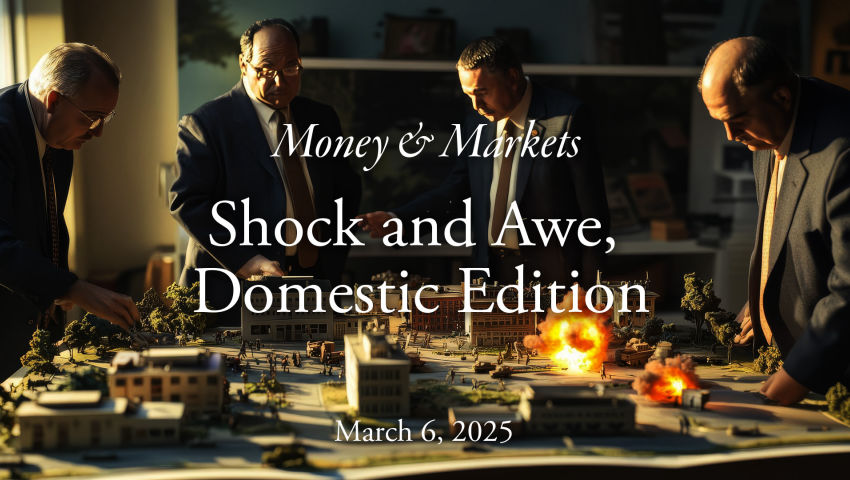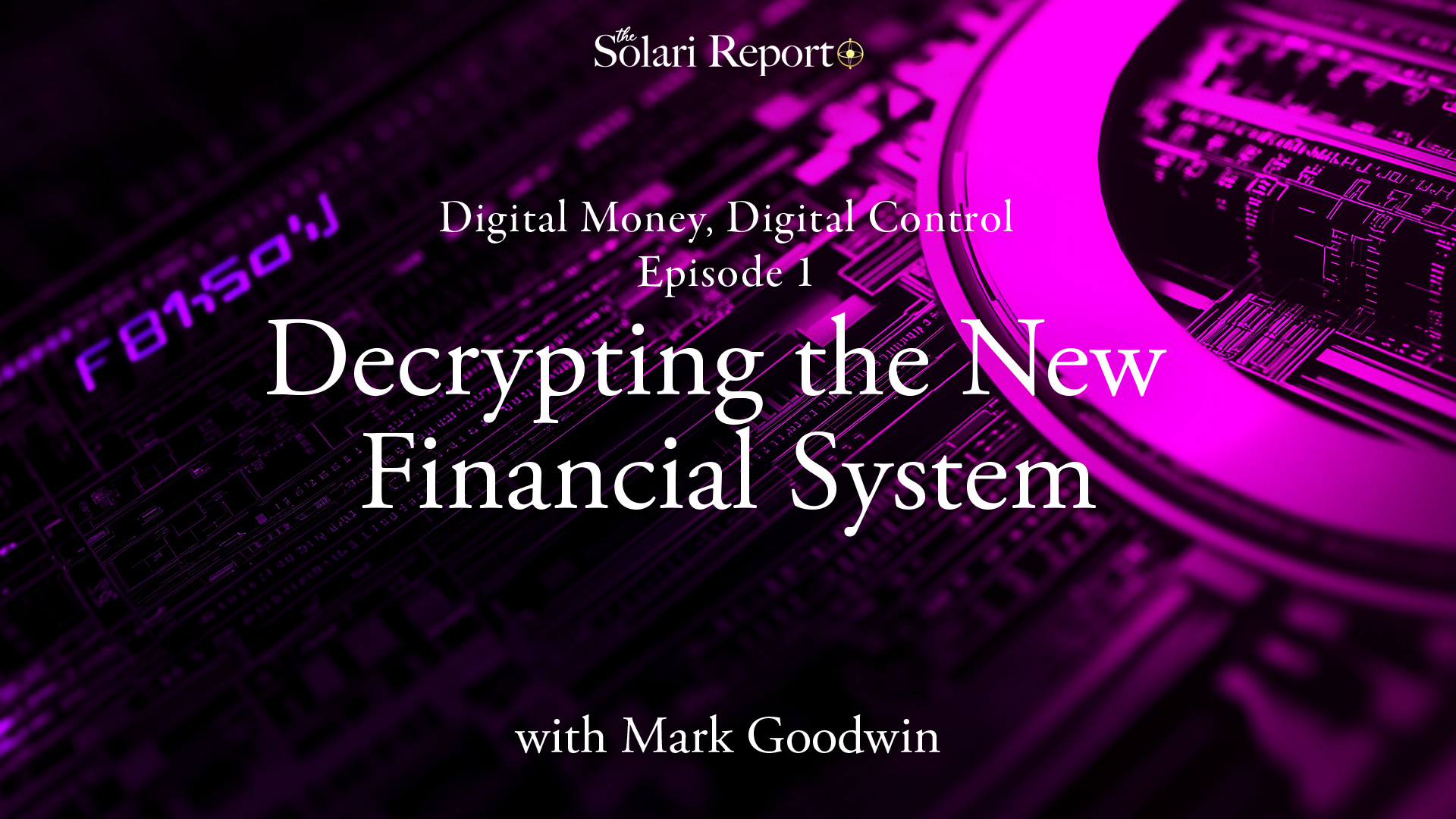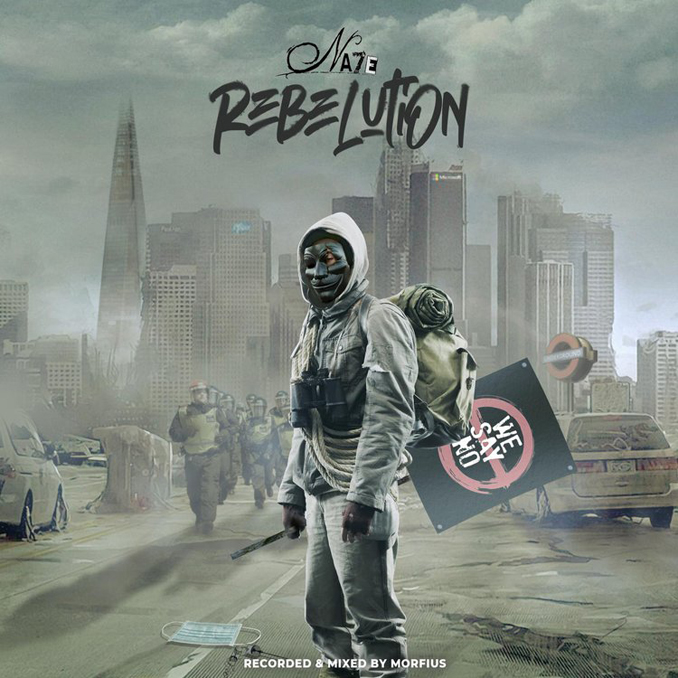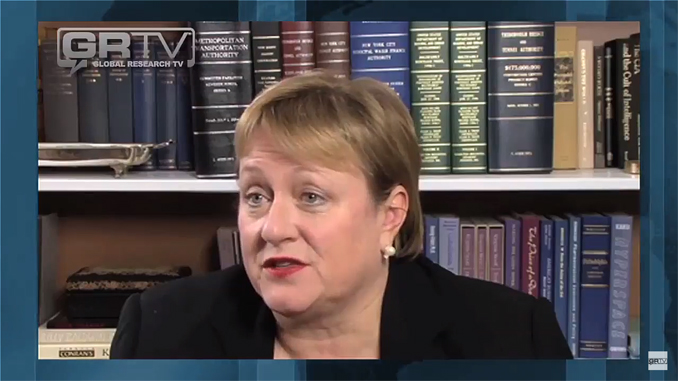I will review The Biggest Little Farm about filmmaker John Chester and Chef Molly Chester who decided to leave their apartment in Los Angeles with their dog Todd and become farmers by starting Apricot Lane Farm in Moorpark, California. No one ever said that creating a healthy, local food system was easy. But if you enjoy hard work and living on the land, it can be inspiring…and delicious!








I purchased this movie and watched it a couple weeks ago. I am a farmer and engineer. There were times during the documentary where I knew what the solution was, but more times when I was amazed by their work. This really is an excellent film. I was left wondering how they could have ever achieved it without a massive pile of angel investment and virtually free, heavily dedicated labor in the form of all those students.
How do you possibly get something like this done elsewhere unless you have a 20 person family? The answer is that you don’t unless you have massive capital.
In my own personal farming experience, you can invest $20,000 in hard fixed expenses plus have ongoing variable expenses before you can ever make your first sale. There is a lower limit to how small scale you can go for a solution to work.
For example, you can do backyard chickens generally one of two ways. Infrastructure heavy, or labor heavy. Infrastructure heavy is a big investment up front, but then you have a manageable level of labor per day to manage the system. The alternative is just unmanageable. For my livestock that have better automation, they take 30 minutes per day to manage. For the livestock that have no automation, it is about two hours per day. And my time is valuable.
Fencing 4 acres is easily $17,000 in hard costs, not including any labor. And this assumes you already have the heavy equipment to put in the posts. Yet, you have to have this fencing or your chickens will get eaten by coyotes, owls, hawks, raccoons, etc. Unless you can spend all day babysitting chickens, you need the fencing.
All this stuff is crazy heavy infrastructure wise and a massive investment in setup. And you pretty much have to be an engineer. I found the movie one of the best ones I have seen on healthy farming. I wish we could replicate the model all over the country.
Excellent points. I assumed from the presentation that they had quite a significant investment from angels.